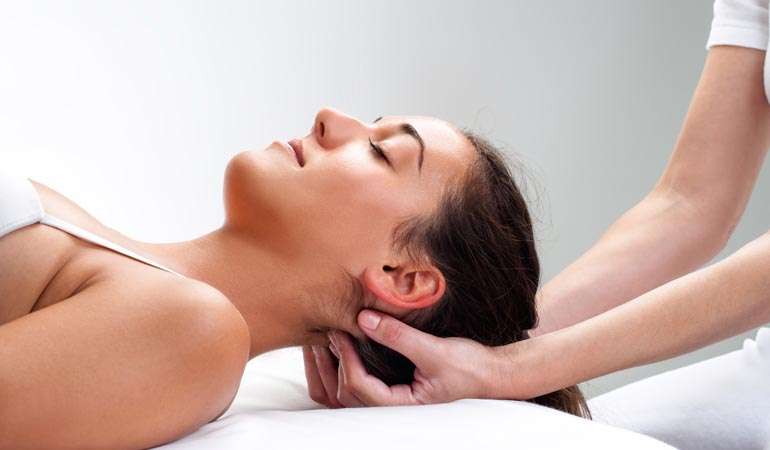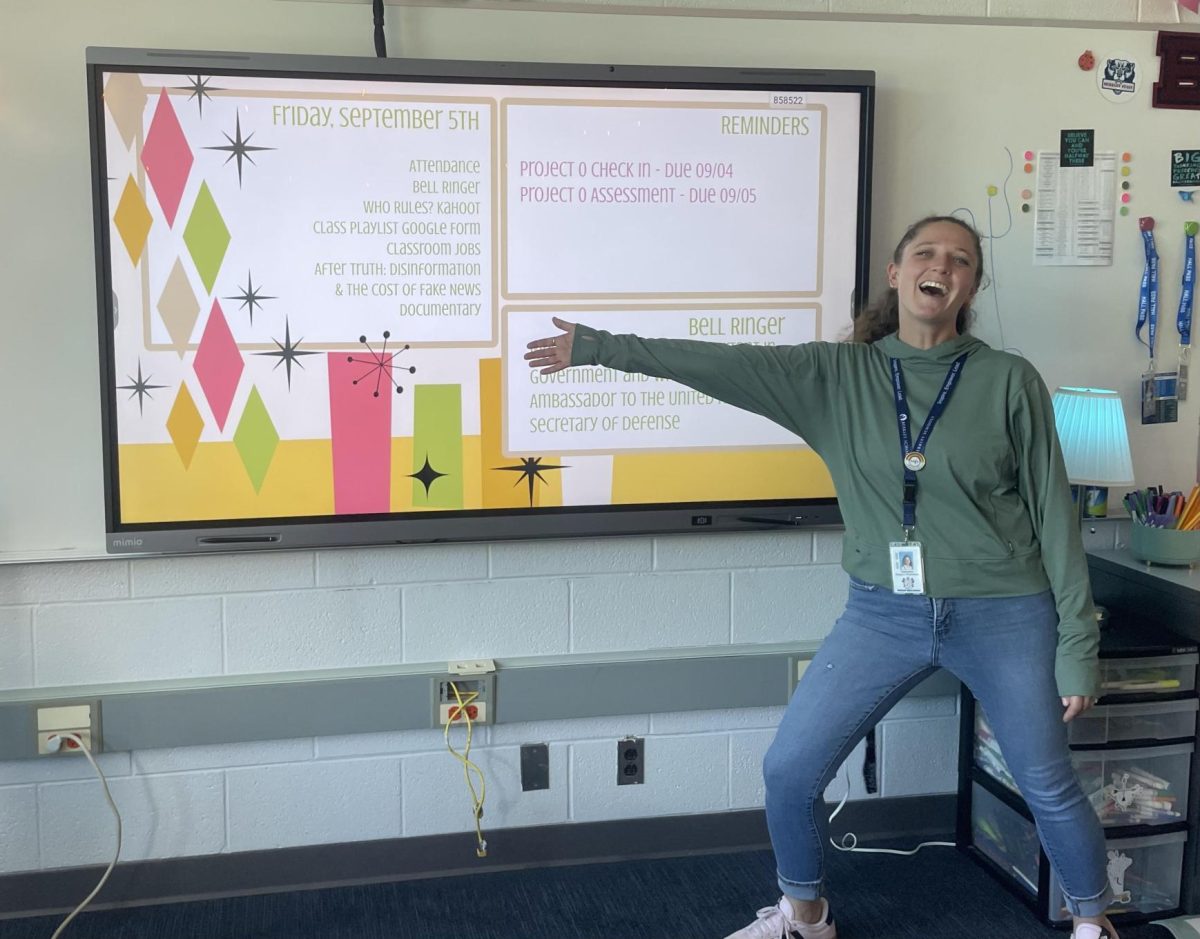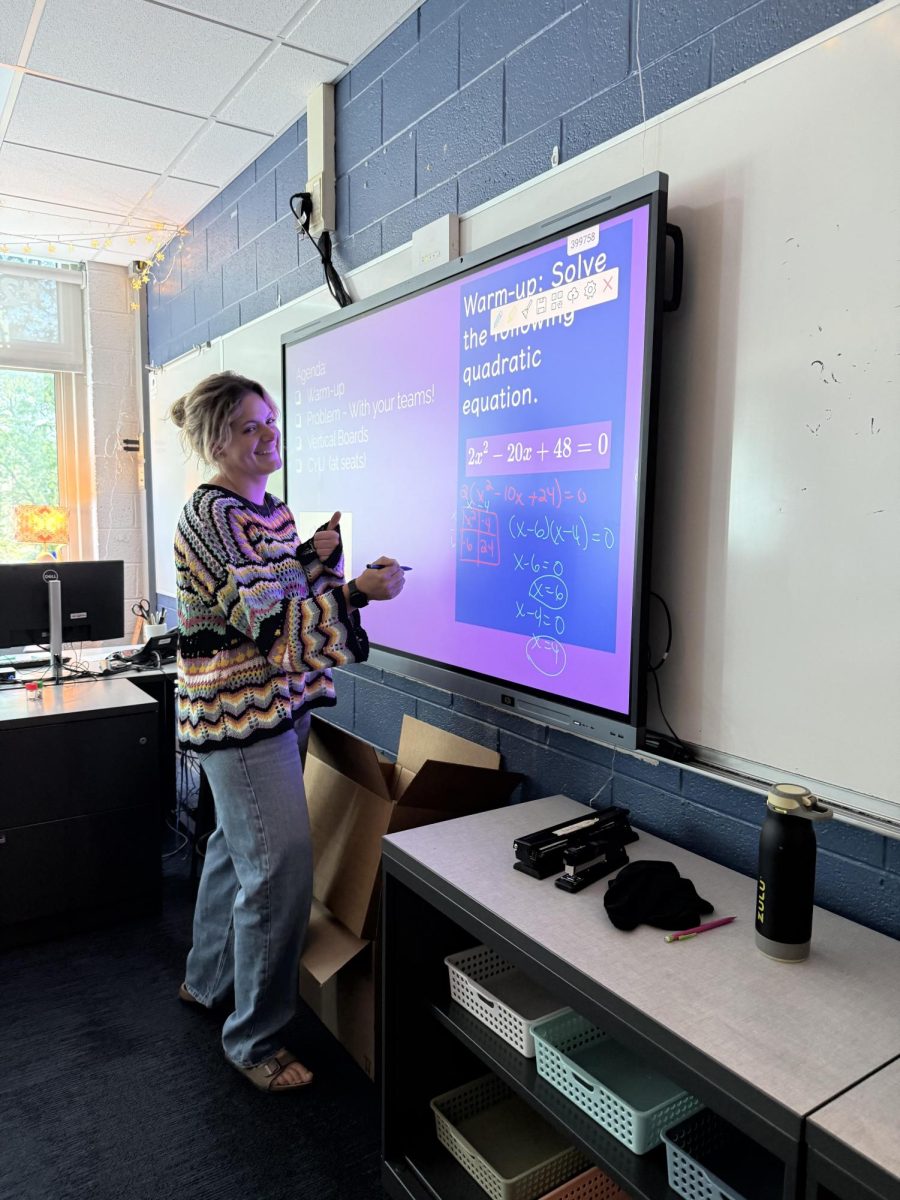Many people believe the medical branch of osteopathy is a pseudoscience (a system of explanation that is presented as science but that lacks the rigor essential to the scientific method), despite evidence showing it works and its ongoing evolution and new techniques, which contradicts the definition of pseudoscience in itself. This stigma arises from a common misunderstanding of osteopathic medicine, which is also frequently confused with chiropractic practices. People believing osteopathic treatment and chiropractic adjustment are the same thing leads to the tainted beliefs in OMT (Osteopathic Manipulation Treatment), and as chiropractors are perceived as less “legitimate” in the medical field than MDs, the same stereotype is often applied to Doctors of Osteopathy (DOs).
What is the difference between a DO and MD though? They both graduated from medical school and went through mostly the same education. The only difference is DOs are trained in osteopathy as well, which has a holistic approach to medicine, meaning taking into account the whole person, mental, physical, and physiological. They believe that the body’s systems work together and affect each other.
Doctors of Osteopathic Medicine are complete physicians who are licensed to prescribe medication and perform surgery. Also known as DOs, this is the type of doctor who’s trained in osteopathic manipulation treatment. OMT is the therapeutic application of manual pressure. It is used to treat many conditions and injuries by manipulating muscles, soft tissues, and joints. It treats many conditions that affect every system of the body, including the musculoskeletal, nervous, digestive, and immune systems.
Julie MacPherson, a DO at Kidology Pediatrics, primarily sees two groups of patients for OMT. The first group, infants who are having trouble with feeding, sleeping, constipation, reflux or colic, or babies for torticollis (abnormal neck motion) and plagiocephaly (abnormal head shape). The second, are tweens and teens for sports related injuries or pain. She often treats chronic headaches/migraines, knee pain, hip pain, back pain, foot pain, etc in this group. Dr. MacPherson believes OMT “is a very beneficial treatment modality that can improve many symptoms,” with little to no risk. Cleveland Clinic says OMT “is a safe, effective treatment for back pain and a wide range of health conditions.” Further supporting Dr. MacPhersons stance on osteopathic medicine.
Osteopathic Manipulation Treatment is used to address a variety of conditions that impact multiple systems of the body. These include musculoskeletal issues like back pain, knee pain, and chronic headaches, as well as digestive, respiratory, and immune system disorders. OMT has been shown to be effective in relieving musculoskeletal pain through manual pressure and the manipulation of muscles, joints, and soft tissues. OMT is also used to treat many pediatric conditions, particularly in infants and young children, where it can help relieve symptoms of colic, reflux, torticollis, and plagiocephaly. Additionally OMT helps children and adolescents with sports related injuries like knee, ankle, or back pain, and it plays an important role in treating neurological symptoms such as migraines or chronic headaches.
Because osteopathic physicians, or DOs, take a holistic approach to treatment, the goal of OMT is not just to treat symptoms but to support the body’s natural ability to heal itself. Therapeutic manipulation can improve mobility, reduce inflammation, alleviate pain, and overall enhance function in the body, providing relief where traditional methods may fall short.
While osteopathic medicine is growing, there are still significant barricades to public awareness. The American Osteopathic Association reports that 11% of all physicians and 25% of all medical students in the U.S. are Pursuing osteopathic degrees. Even with this growth many people still do not fully understand what a DO is or the value of OMT. So why is osteopathy not a general knowledge in the public?
One contributing factor is that many DOs, after they complete their training, may stop practicing OMT regularly. This could be for many reasons such as time constraints or lack of familiarity with how to incorporate it into their busy practices. As a result, the general public is less likely to encounter OMT in everyday healthcare settings. Additionally, there is a historical stigma and confusion between osteopathy and chiropractic care. This misunderstanding has further complicated the public’s understanding of osteopathic medicine, many people don’t recognize OMT as an effective treatment option.
OMT offers a distinct and valuable approach to healthcare by emphasizing the body’s innate ability to heal itself. Unlike medications or invasive procedures that often have a plethora of side effects and risks, OMT is a non-invasive treatment that provides significant benefits with little to no risk. Dr. MacPherson points out OMT can be a highly beneficial method for patients, treating a variety of conditions, and offering relief dissimilar to traditional treatments where there might be risks, failure, or longer periods of time to show results.
OMT can also be a preventative treatment. By addressing imbalances in the body early on, osteopathic physicians can help prevent chronic pain or injuries from becoming more severe. This holistic approach not only treats symptoms but also improves overall wellness, by focusing on the interrelationship of body systems. For anyone seeking an alternative to pharmaceuticals or invasive procedures, OMT is a beneficial option that aligns with a natural, patient-centered approach to health.
The practice of OMT is constantly evolving, with new techniques, approaches, and research emerging all the time. To ensure that DOs continue to offer the most effective treatments, ongoing education is crucial. Dr. MacPherson says that she regularly stays up to date on the latest research and treatment modalities in OMT. She follows leaders in the field and incorporates new strategies into her practice. Staying informed is essential, as the understanding of OMT can impact various conditions and continue to expand the benefits of OMT. Engaging in continuous learning, DOs Improve their skills in order to provide the best possible treatment for their patients. Just like other fields of medicine, osteopathy is a dynamic subject, and therefore it is crucial for physicians to adapt to new findings and refine their practice.
Overall, osteopathic medicine, and specifically osteopathic manipulation treatment, offers a valuable, holistic approach to healthcare. Despite misconceptions and the lingering stigma associated with it, it is a medically recognized field with a proven track record of effectiveness. The focus on treating the body as a whole set OMT apart from many traditional treatments. If you were to go to an orthopedist for continued rib displacement, they would address the ribs directly, and might not find the cause of the problem. A DO would consider the whole body and might find headaches causing tension in the neck and pulling on your back muscles causing the ribs to be out of place. As more people become familiar with OMTs benefits, the field will continue to grow, providing a valid option for patients seeking alternative or complementary therapies.







